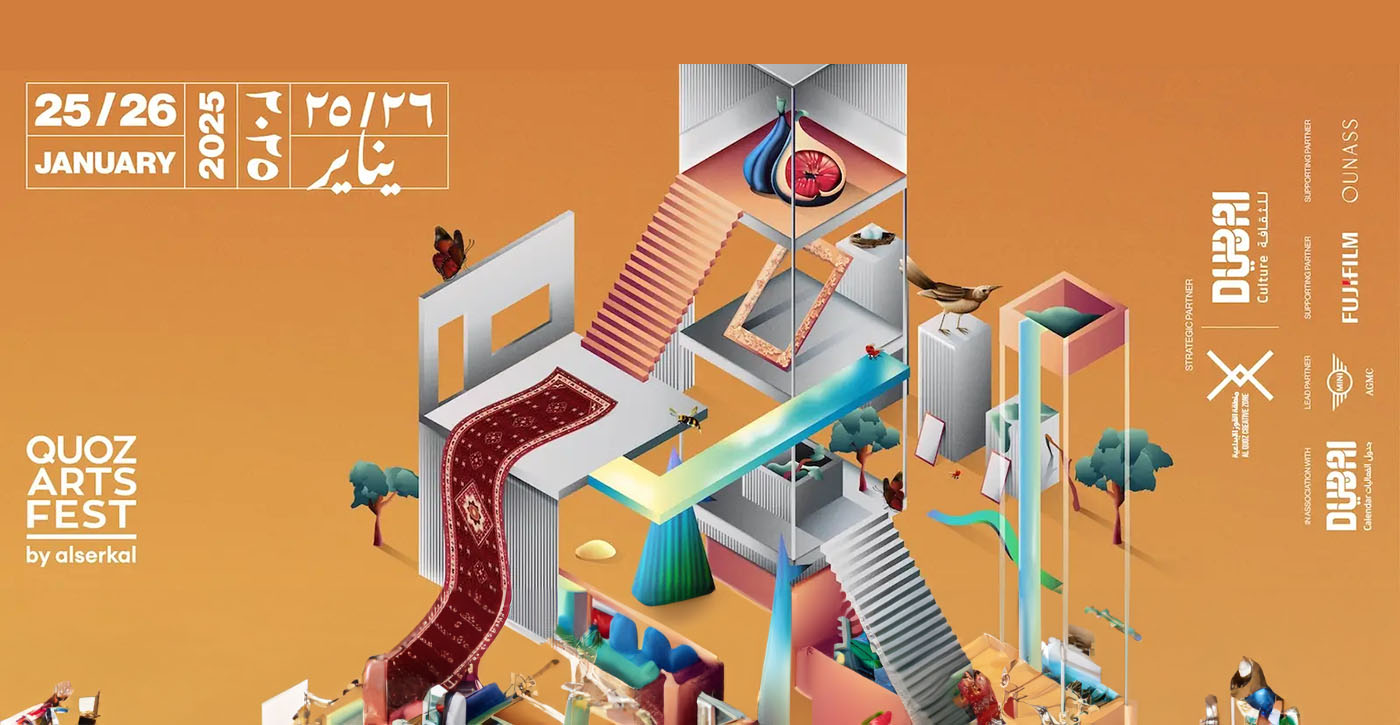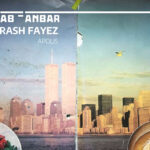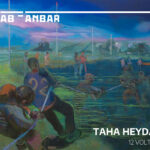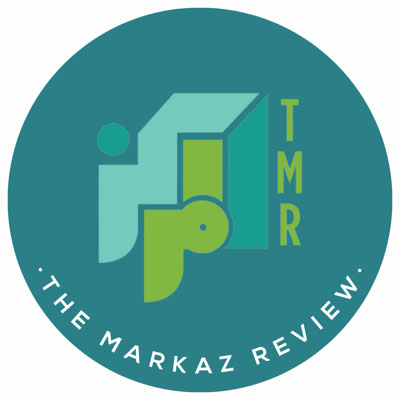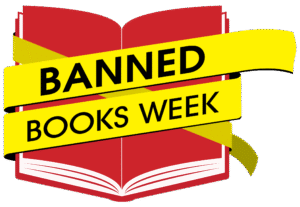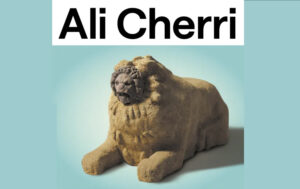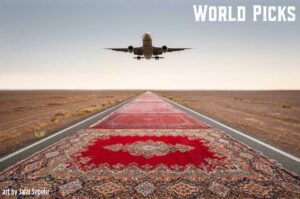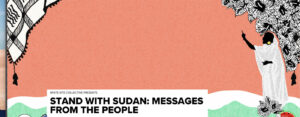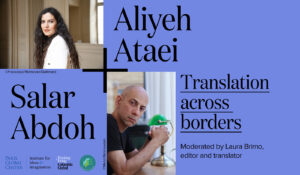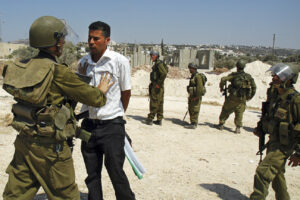Our editors select TMR World Picks. We welcome your suggestions: editor@themarkaz.org
TMR
NEW LITERARY PRIZE:
Azhar Writing Prize for Arab Writers Living Anywhere in the World — more info
The Azhar Writing Prize aims to increase the representation of Arab voices in English literature. The prize is open to unpublished Arab writers who have not had a novel or a collection of short stories published. The Azhar prize, founded by two British-based Arab sisters, is funded by British charity Daisy 2000.
The awards for first, second and third prizes are: £1,500, £1,200 and £1,000. There’ll be an award of £200 for translators of winning entries.
Submissions of 1,000 words or less, not including the title, must be in English, and the prize welcomes submissions in translation. Submissions can be fictional prose, a short story, an extract of a longer piece or manuscript, or creative non-fiction/memoir on any subject. Poetry will not be considered.
The final deadline to submit is 17:00 (EEST) on March 27, 2025. The submission must be copied and pasted into the body of an email and sent to: azharwriting@gmail.com
Above the submission in the email, please include the entrant’s name, country of residence, and a short bio of no more than a 100 words. This information will not be shared with judges. Do not send attachments in the email since they will not be opened. The rule is one entry per person. The first entry that is sent will be final submission for the prize, and cannot be altered once sent.
The prizes will be judged by Malu Halasa, literary editor of The Markaz Review, and TMR’s Managing Editor Rana Asfour, from BookFabulous. The judges’ decisions are final and not open to appeal. The Azhar Writing Prize will be announced in August 2025.
Due to current UK sanctions on Syria, the Azhar Writing Prize cannot send prize money to anyone resident in Syria. If an entrant living in Syria wishes to enter, any prize that person wins will be donated to charity.
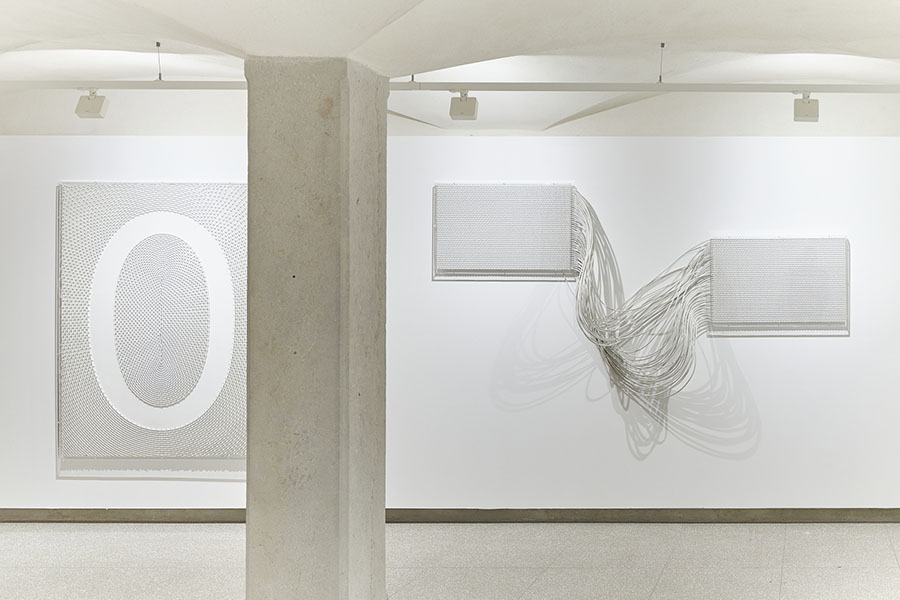
If You Don’t Know Me By Now, solo show by Mounir Fatmi, Lyon
Now through January 18, 2025, Ceysson & Bénétière Galerie, Lyon — more info
Since 1998, the coaxial antenna cable has been a central element in Mounir Fatmi’s work, a recurring symbol that highlights the circulation of information. This motif is part of a broader reflection on the relationship between the individual and contemporary society, marked by the domination of the image, the explosion of cultural and material production, and the growing complexity of exchanges. In some of his works, coaxial cables unfold in a multitude of geometric shapes that blur visual reference points, making interpretation of the work more complex. Conversely, in others, clarity is amplified by systems of concentric circles, offering total legibility.
This group of sculptures is a retrospective look at the artist’s career. If You Don’t Know Me By Now will be Fatmi’s first solo exhibition dedicated to his iconic sculptures made from white coaxial cable. Major works such as La Pietà, Al Jazeera, Kissing Circles, and The Theorist will feature in this ensemble. The immaculate gallery walls will be transformed into an open book, inviting the viewer to discover a unique sculptural exploration within contemporary art, bearing witness to 25 years of creation (see our interview with the artist here).
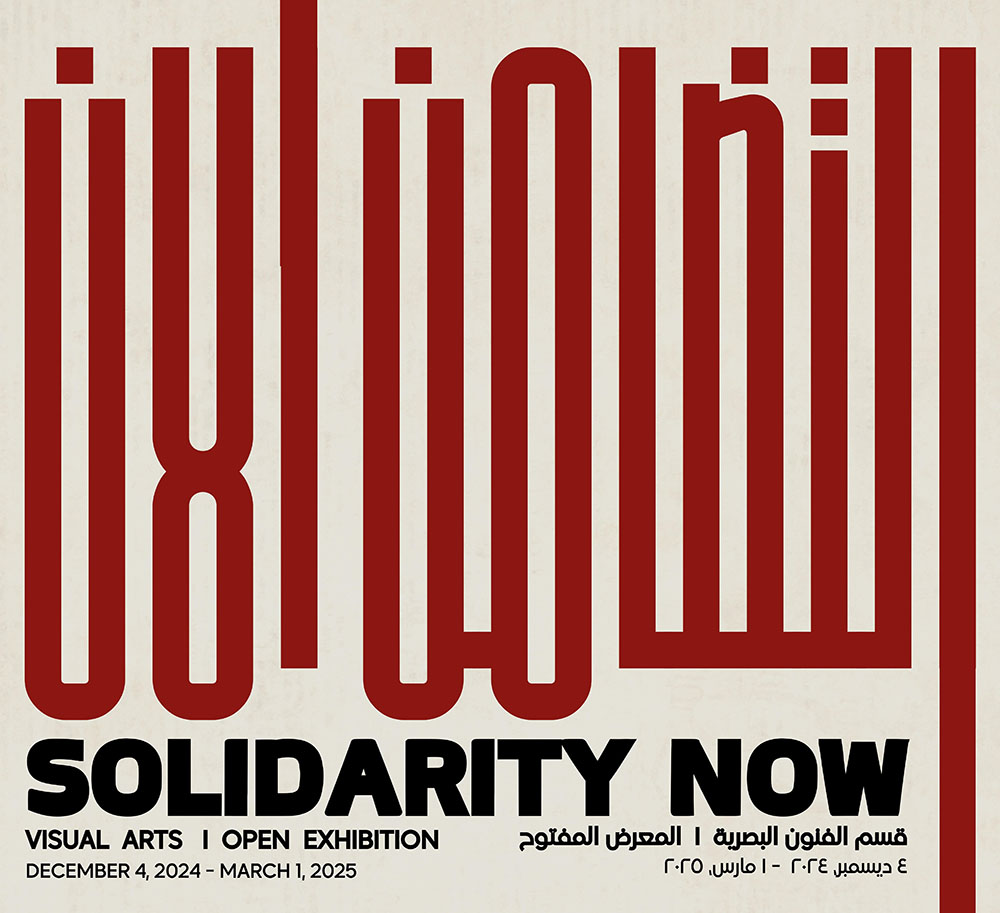
Visual Arts Open Exhibition: Solidarity Now! at the American University of Cairo
Now through Mar. 1, 2025, AUC Sharjah Art Gallery, New Cairo, Egypt — more info
The second edition of the annual juried Visual Arts Open Exhibition, organized by the American University of Cairo, opens its doors under the theme of “Solidarity Now”. This edition is co-curated by Egyptian-Lebanese photographer and archivist Lara Baladi and Egyptian-Algerian visual artist and filmmaker Bassem Yousri, with AUC graduate assistant curator Jasmine Keshk, and under the guidance of Visual Arts Program Director Dr. Elizabeth Rauh. Solidarity Now! explores contemporary understandings of solidarity, from private acts of kindness to efforts of communal resistance.
It takes inspiration from the 1978 International Art Exhibition for Palestine, organized by the Plastic Art Section part of the PLO’s Office of Unified Communication and held at the Beirut Arab University during the Lebanese Civil War (1975–1990). Artists 30 countries displayed 200 artworks that brought awareness and visibility to the Palestinian struggle. The collection was to provide the basis for a Palestinian Museum but the attempt was ultimately unsuccessful. The 1978 exhibition was the impetus behind Kristine Khouri and Rasha Salti’s touring exhibition, Past Disquiet, Narratives and Ghosts from the International Art Exhibition for Palestine, 1978.
Solidarity Now consists of jury-selected works from AUC students and graduates from across various majors. It includes works by Salma Abdelmoneim, Balqis Al-Jallad, Mark Ayman, Al-Hasan Ali Bataher, Salah Eddine Boulenouar, Madiha El-Naggar, Farah El-Shawarby, Maya El-Sherbiny, Nancy Faisal, Jana Hassan, Noor Montasser, Nayer Nakhla, Salma Yasser Omar, Mira Riad, Nada Amr Roshdy, Jana Salem, Jeanine Sumrain, and the Visual Arts Student Association.
—Valeria Berghinz
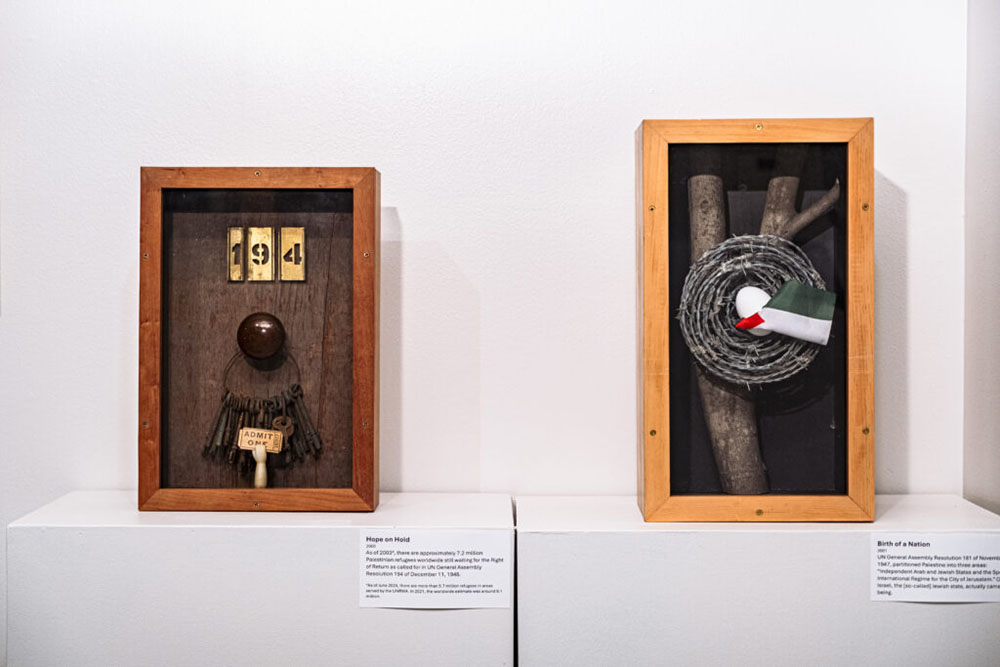
Waiting for Peace by Rajie Cook
Ongoing — Aug. 15, 2025, Arab American National Museum, US —more info
This exhibition is made possible through the generous support of Dr. and Mrs. Abd and Fadwa Alghanem. It features artworks by Palestinian American graphic designer and artist Rajie Cook, showcasing his creative journey over the last two decades. Inspired by Joseph Cornell’s assemblage work, Cook’s sculptural collage boxes delve into the Palestinian struggle for self-determination, bringing awareness to this critical issue. Meanwhile, his more playful pieces, devoid of any political messaging, highlight his wit and creativity.
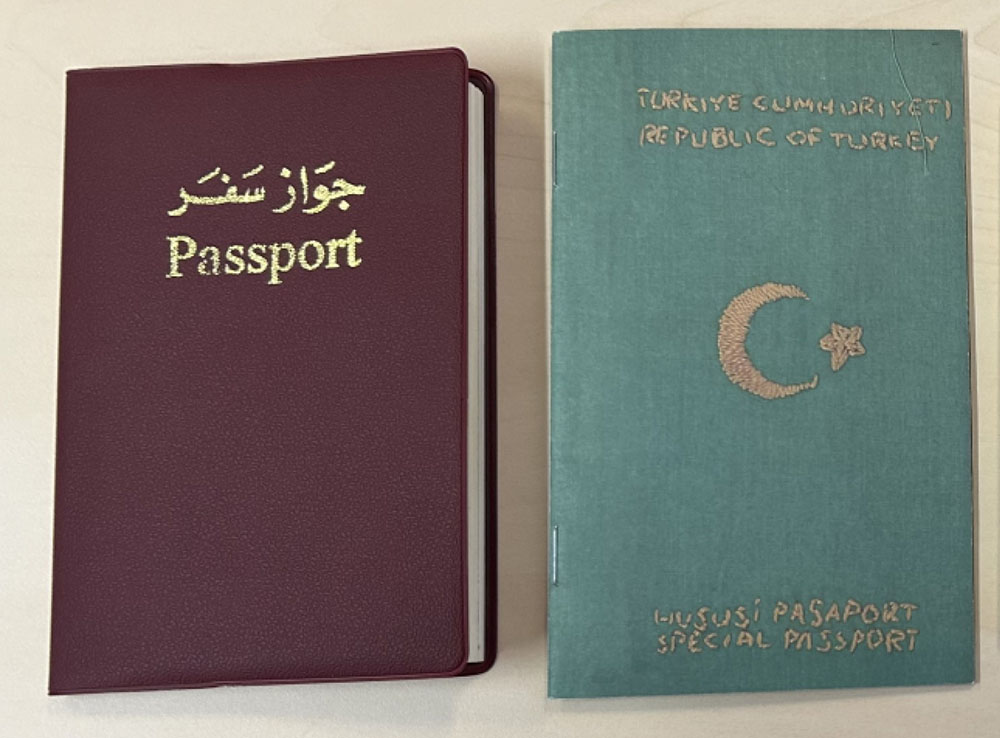
© Jana Traboulsi and Gözde İlkin
Passports and Identity Documents in the Hands of Artists, Curated by Daniel Lowe
Re-Opening 8 January until March 2025, The British Library, UK — more info
In Beirut, curator of the British Library’s Arabic Collections Daniel Lowe first came across Jana Traboulsi’s artist book, Sorry for Not Attending (2013). It is her response to being invited to participate in a festival at London’s Tate Modern but refused attendance due to visa restrictions against Lebanese nationals.
In the single-case display “Passports and Identity Documents in the Hands of Artists,” curated by Lowe, artists, photographers, designers, and arts activists from Lebanon to Iran react against state bureaucratic mechanisms regulating travel. The passport, according to Mahmoud Keshavarz, author of The Design Politics of the Passport, “is not neutral but a real and powerful device … through which socially constructed power relations can be enacted and performed.”
In the vitrine, Syrian artist Issam Kourbaj references his expired Syrian passport in Leave to Remain A Single Syrian grain, airborne (2020). In photographs, Adnan Farzat’s The Forgotten Moments (2020) captures fragmented lives obscured by time and conflict. Istanbul artist Gözde İlkin’s Hususi Pasaport (2009) alludes to the Turkish green passport. While from the Subjective Atlas of Palestine (2007), Palestinian photographer Majdi Hadid lists documents required for travel under Israeli occupation. Akin to a visa, Jawāz Safarī lil-Qirāʼah [My Reading Passport] (c. 2000s), by al-Jana Arab Resource Center for Popular Arts, is an educational tool for Palestinian children refugees in Lebanon. In artists’ books, Iranians Batool Showghi in The Immigrant Book, No. 3 (2018) and Amak Mahmoodian in Shenasnameh (2016) investigate questions of identity.
This powerful single-case display merits a prolonged visit. (Malu Halasa)
—Malu Halasa
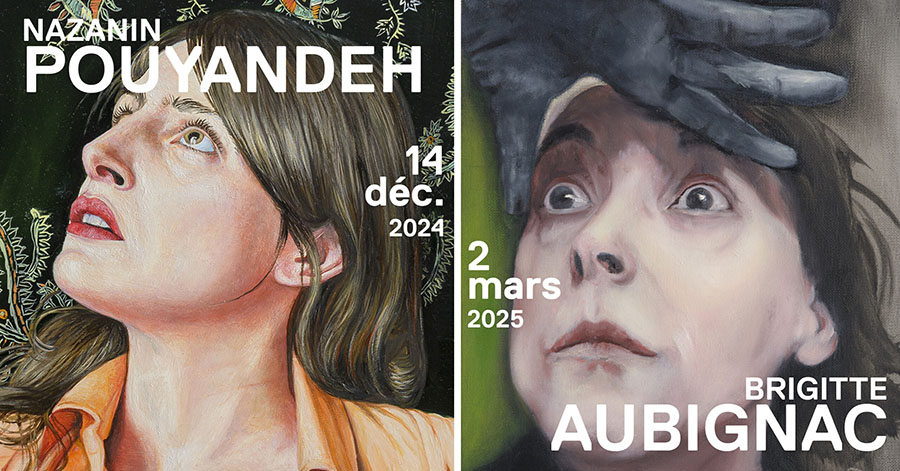
Nazanin Pouyandeh/ Brigitte Aubignac Exhibition
Now through March 2, Musée Paul Valéry, France —more info
For the winter of 2024, the Paul Valéry Museum in Sète invites its visitors to discover, through two new temporary exhibitions, the distinct worlds of two women artists living in France who have painting and figuration as their main common points: Nazanin Pouyandeh and Brigitte Aubignac. Here, placed “in relation” by their concomitance, the respective exhibitions of these two women painters, from different generations and backgrounds, are both traversed by questions such as “the masculine-feminine” and the place of “painting in painting.”
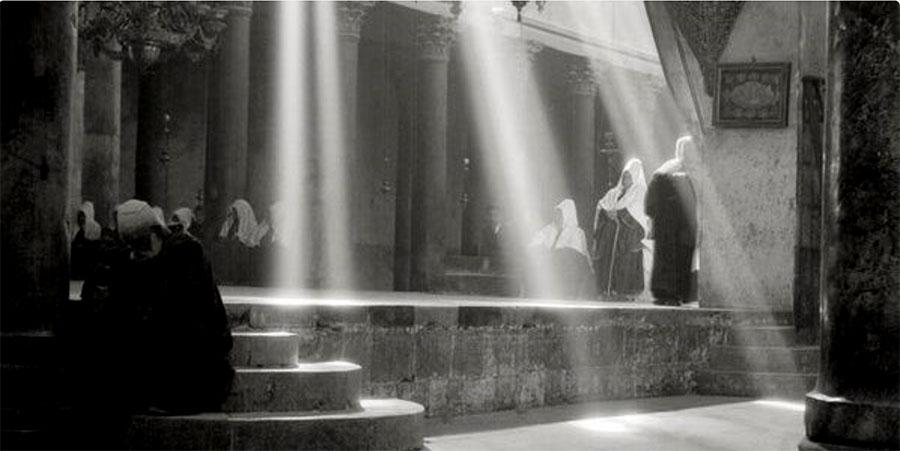
Arab Christmas
Jan. 7, 2025, Grand Junction, UK —more info
Hosted by the Arts Canteen, experience the atmosphere of Christmas in the Arab world. You will hear Arabic, Syriac, Coptic, and Byzantine chants, harking back to the time of Queen Zanubia’s Palmyra in the second century CE. The lineup includes Najib Coutya, Elias Matar, Sura, Nahi, the Cambridge Takht, and The Pomegranates.
12 Volt Fire by Taha Heydari and Apolis by Arash Fayez
16 January to 15 February 2025, Ab-Anbar Gallery, London, UK— more info
True to its Tehrani diasporic identity and ethos of exploring transcultural links through cutting-edge contemporary artworks, the Ab-Anbar Gallery will be exhibiting the works of two emigré artists born in post-revolutionary Iran during the war with Iraq.
12 Volt Fire, Taha Heydari’s retrospective meditation on the multiple forces behind the 1979 revolution, captures the exciting dynamism of that moment of “glitch.” Depicting diverse scenes that include squat toilets, Persian inscriptions, mass graves and Khomeini on the moon, his vibrant acrylic grids represent the webs of a complex struggle that quickly turned sombre but was not extinguished. His black-and-white ink sketches show nature, city, animals and humans intertwined in cyclonic, sculpture-like formations that transgress the rules of rigid structures.
Apolis is a visual autobiography of Arash Fayez’s life in a migrant’s bureaucratic limbo, published this year by Spector Books. Fayez explores the rich liminal quality of being apolis — “without city, state or country” — by exposing the uncanny banality of today’s hyperreal digital existence. iPhone screenshots of unknown callers and a disoriented blue location dot adrift on a frozen Google map make viewers pause to reconsider how everyday life might feel when, as Fayez’s immigration lawyer put it, “You are not illegal, but you are not legal either.” His photographs, for example of a “Koubideh in Tehrangeles” center intersecting identities, invert conventional symbols and challenge rules such as “NO DANCING.”
These enchanting works shed new light on historical and technological representations of the poignant human experiences of revolution and migration.
—Elena Pare
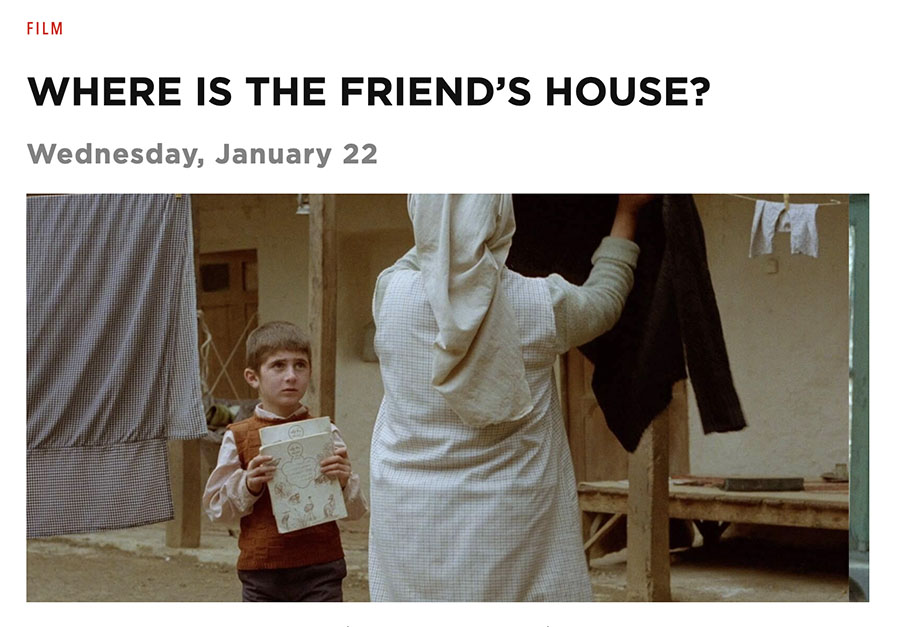
Film screening: Where Is the Friend’s House?
Jan. 22, Trylon Cinema, Minneapolis, US —more info
The 2025 Mizna Film Series presents some of its favorite archival classics from the past 60 years of Iran’s cinema history. Beginning with Where is the Friend’s House?, a beloved film from Abbas Kiarostami, and ending with a tribute to Dariush Mehrjui’s film Brick and Mirror, which will be screening in April 2025. Abbas Kiarostami’s sublime, interlacing trilogy of films set in the northern Iranian village of Koker takes a premise of fable-like simplicity—a boy searches for the home of his classmate whose school notebook he has accidentally taken—and transforms it into a miraculous, child’s-eye adventure of the everyday. For the full 2025 program, see here.
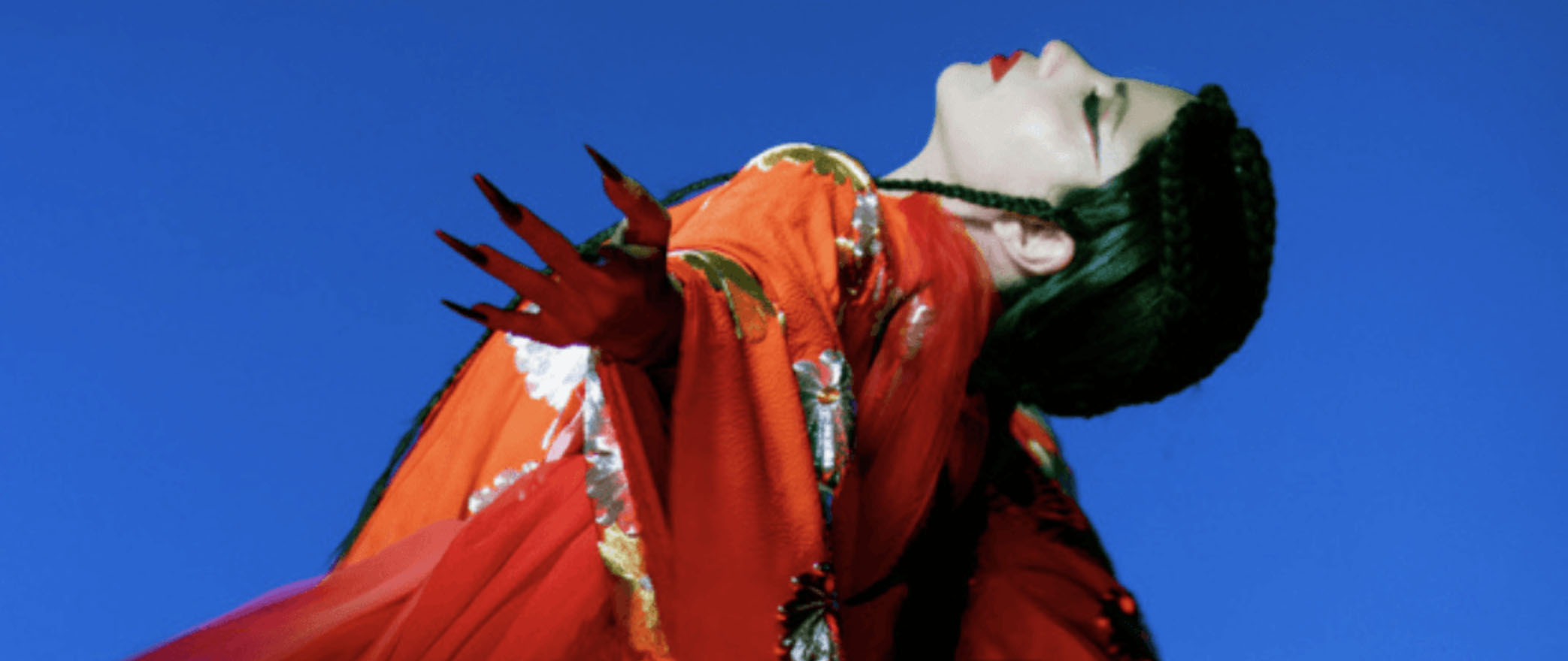
Quoz Arts Fest 2025 by Alserkal
Jan. 25 —Jan. 26, Dubai, UAE —more info
Whether it’s new rising musicians and DJs making waves, artists transforming Alserkal galleries and public spaces with immersive installations, chefs pushing culinary limits, or up-and-coming homegrown clothing concepts—Quoz is where you get up-close and personal with Dubai’s most vibrant creative scene.

The 17th annual Emirates Airline Festival of Literature
Jan. 29—Feb. 3, Dubai, UAE —more info
The annual festival is back in 2025 offering attendees over 150 incomparable experiences, including fan-favourites: Desert Stanzas, LitFest After Hours, Discovery Talks, and the LitFest Families programs. Among the most anticipated names set to attend the festival are bestselling author Abraham Verghese, Emmy Award-winning journalist Hala Gorani, the best-selling author and illustrator of the wildly popular ‘Diary of a Wimpy Kid’ series Jeff Kinney, Booker Prize-nominated author Chigozie Obioma, best-selling travel writer and author Dr Mohamed Mansi Qandil, scholar and researcher Abdel Illah Benarafa, Cultural Personality of the Year Waciny Laredj, poet and author Khalid Albudoor, and celebrated Palestinian chef and cookbook author Fadi Kattan. See the full program here.



